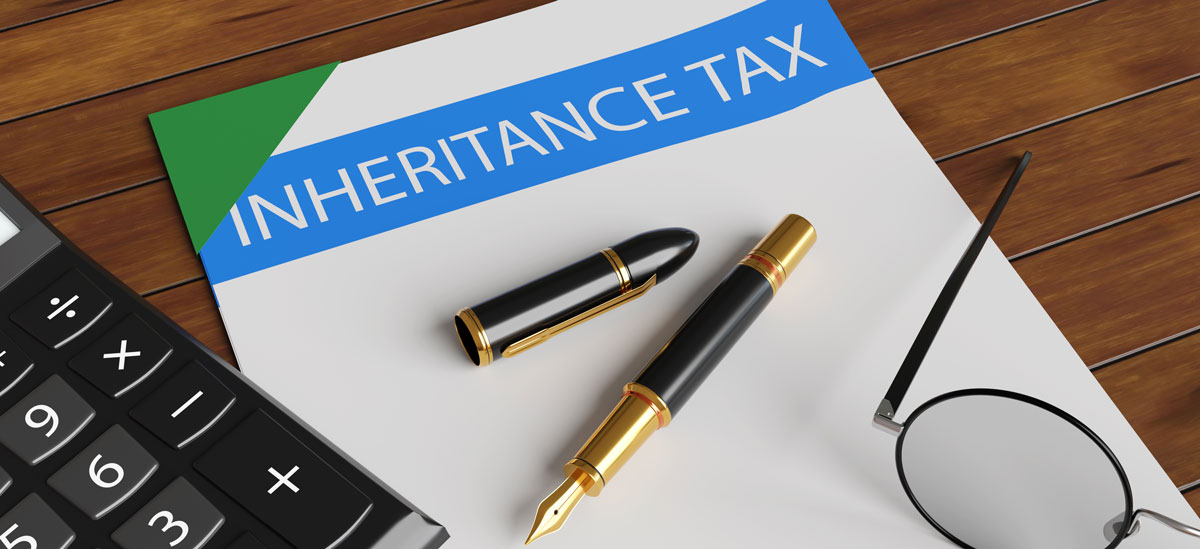In the context of a Delaware Statutory Trust (DST), a step-up in cost basis typically refers to the adjustment of the tax basis of the assets held by the trust when there is a change in ownership or when certain events occur, such as the death of a beneficiary or a transfer of ownership interest.
When a beneficiary passes away, for example, the tax basis of the assets held by the DST is “stepped up” to their fair market value as of the date of the beneficiary’s death. This means that for tax purposes, the assets are treated as if they were acquired by the beneficiary’s heirs at their fair market value on the date of death. As a result, any built-in capital gains in the assets up to that point may be eliminated or reduced, potentially resulting in lower capital gains taxes for the heirs if the assets are later sold.
How it Works:
Imagine a DST that holds a portfolio of commercial real estate properties. One of the beneficiaries of the trust passes away, and their heirs inherit their ownership interest in the DST.

At the time of the beneficiary’s death, the fair market value of the commercial properties held by the DST is $10 million. However, the original tax basis of these properties within the trust is only $7 million, as they were acquired at a lower price some years ago.
Due to the step-up in cost basis provision in the tax code, the tax basis of the properties held by the DST is adjusted to their fair market value of $10 million as of the date of the beneficiary’s death.
Now, let’s say the heirs decide to sell one of the properties within the DST a few years later when its value has appreciated further. They sell the property for $12 million.
Without the step-up in cost basis, the capital gains tax would have been calculated based on the original tax basis of $7 million, resulting in a significant tax liability on the $5 million gain ($12 million selling price – $7 million original tax basis).
However, with the step-up in cost basis, the tax liability is calculated based on the adjusted tax basis of $10 million. So, in this case, the capital gains tax would be calculated on the $2 million gain ($12 million selling price – $10 million adjusted tax basis), resulting in a lower tax liability compared to if the step-up had not occurred.
This example illustrates how a step-up in cost basis within a DST can potentially reduce the tax burden for heirs when they sell appreciated assets held within the trust.


